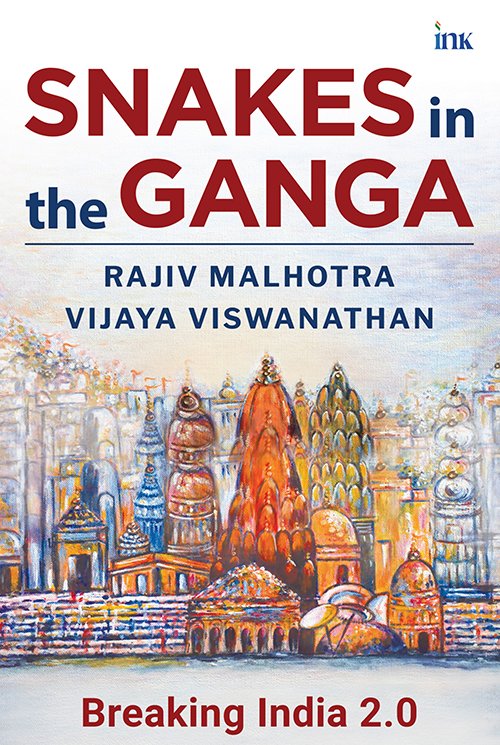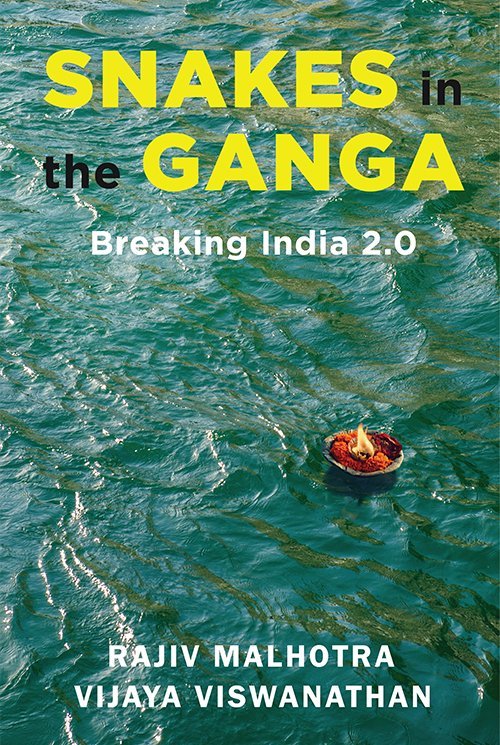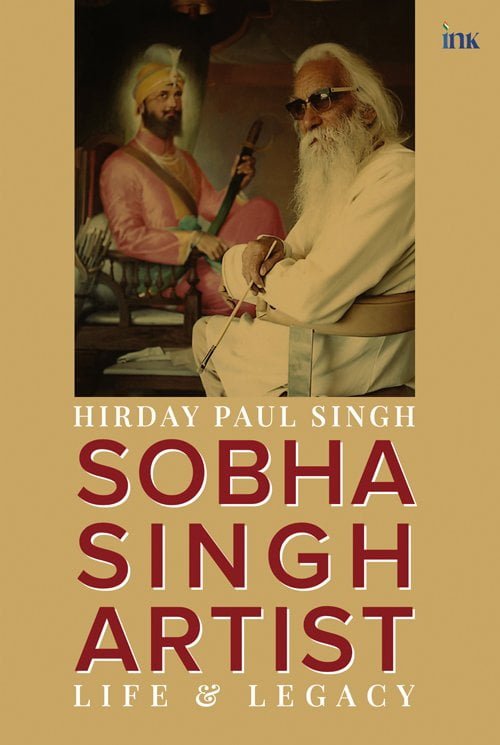Seeing with Hands
Seeing with Hands is a result of a unique experiment and extensive research by the author, Jinan K.B., and his foundation. It is a record of how children express their experiences through drawing (not art) and how drawing becomes a tool that helps them observe the world around them.
Showcasing brilliant drawings made by children to express themselves, the book attempts to prove that they are naturally equipped to adapt and learn autonomously.
This book is bound to prompt a new way of thinking on educating children, helping them develop their cognitive tools and provide insights to all those who are concerned with children, be it parents, teachers or caretakers.

















